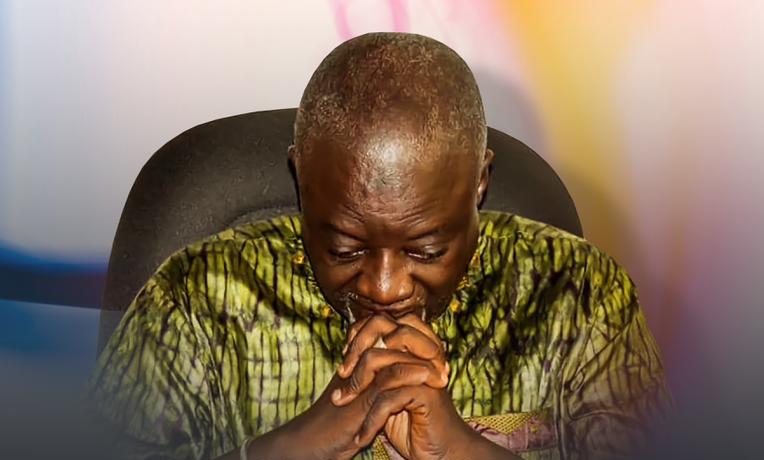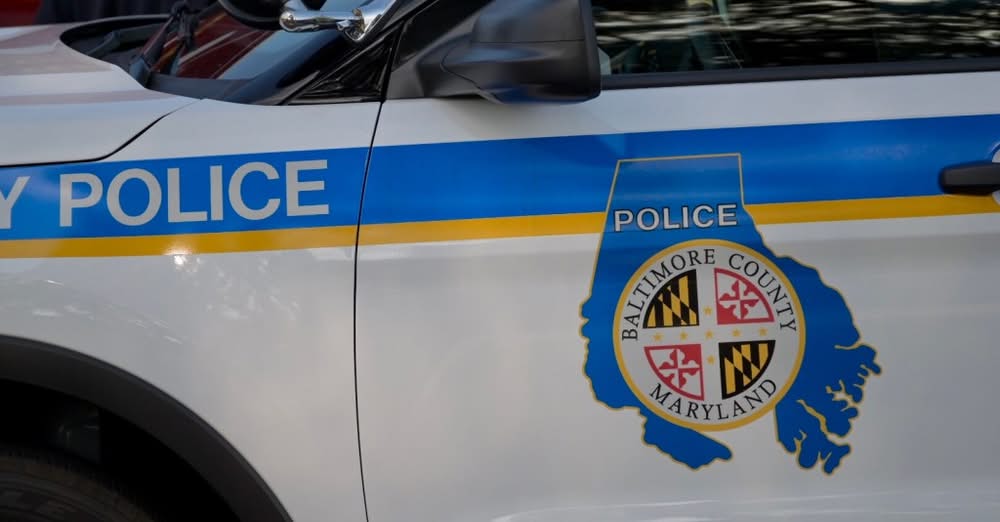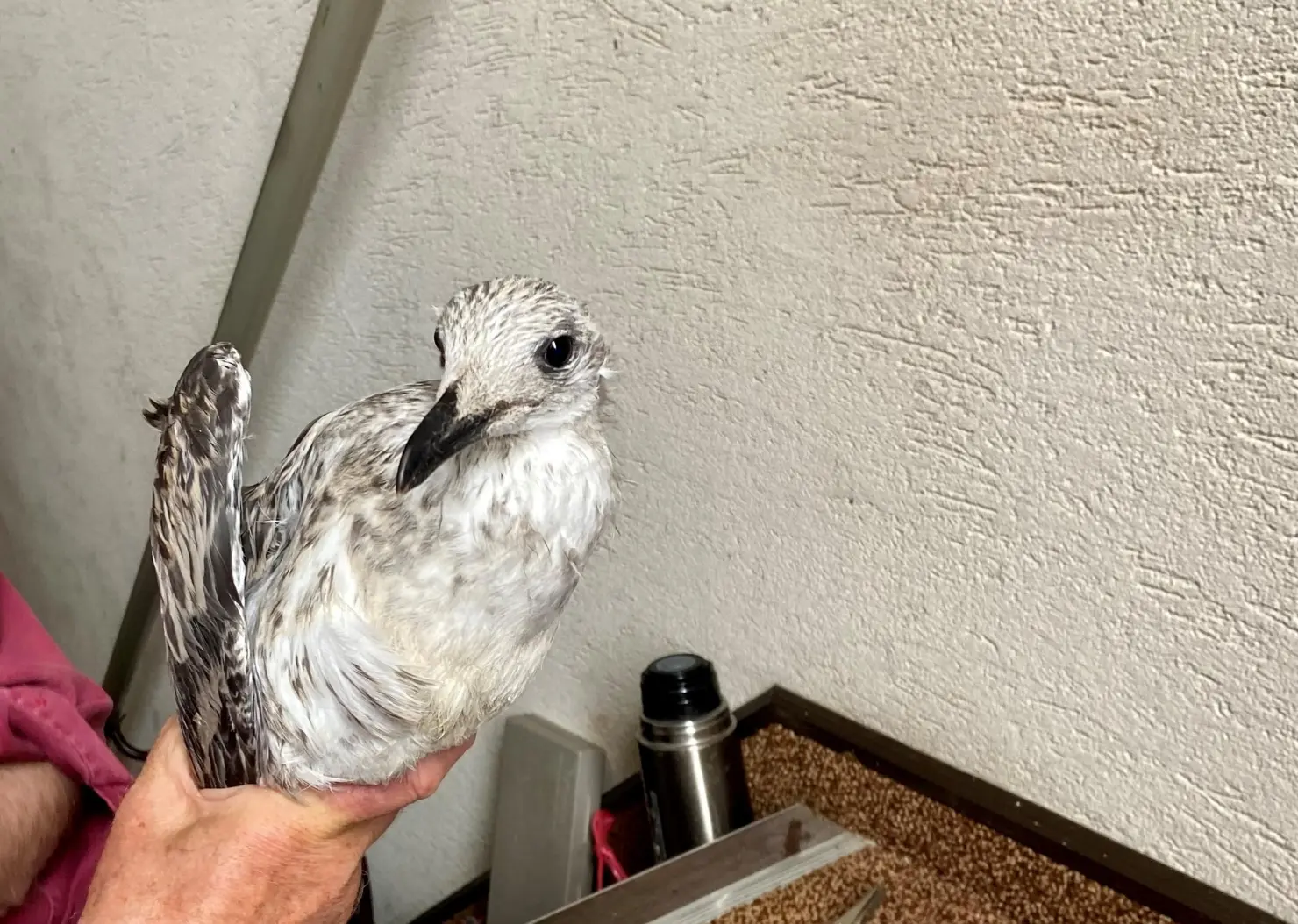“One gull originally ringed in Bristol in 2012 has made its breeding home in Swansea in 2023. Another gull ringed as part of the Severn Estuary study was found in The Gambia.” New efforts to better-understand the secret life of gulls are taking shape with a little help from birds nesting on the roof of Swansea Council’s Civic Centre.
Popularly misunderstood to be perennial seaside pests, Herring Gull and Lesser Black-backed Gull populations are actually in decline across the UK.
However, a long-standing project aiming to plot the lifestyles and migration activities of the birds is aiming to find out more.
Working with Peter Rock, a leading authority on urban gulls, volunteers from the Gower Ringing Group, the council’s nature conservation team have colour-ringed 73 nestlings – baby gulls not yet able to fly – found on the civic centre’s roof.
The work features as part of Mr Rock’s long-term study of gulls in the wider Severn Estuary region. The study has already learned that migrating gulls range widely across the English and Welsh sides of the river and have even turned up in places as far away as Morocco in North Africa.
David Hopkins, Swansea Council’s Cabinet Member for Corporate Services, said: “People have traditionally seen gulls and their calls as part and parcel of Swansea life and regard them as vagabonds of the air, clearing up food waste in our communities.
“But there’s a lot more to them than that, as our nature conservation team has been finding out. Swansea has joined the wider study for the first time, so it’s going to be very interesting to see what happens.”
All species of gull are protected under the Wildlife and Countryside Act 1981. This makes it illegal to intentionally kill any gull or damage or destroy an active nest or its contents.
Colour-ringing fits coloured, plastic leg rings to nestlings each of which is engraved to show a unique code. It is a harmless way for conservationists to track the survival, migratory and other habits both over time and space.
Cllr Hopkins said: “Long term monitoring studies show that the size of the herring gull population has gone down by more than 50% since 1970, with the biggest reductions in coastal areas. We’re hoping the study we’ve joined will help understand why it’s happening.”
“It’s a similar picture for the lesser black-backed gull where numbers across the UK having declined by more than 22% in the last 20 years or so.”
The decline in numbers of both species has led to the British Trust for Ornithology putting the Herring Gull on the Red List and the lesser black-backed gull on the Amber List of its UK Birds of Conservation Concern catalogue.
The Lesser Black-backed Gulls ringed in Swansea are migratory birds, breeding in the UK during the summer months with many making the journey to Portugal, Spain and North Africa during the winter season.
The Herring Gulls ringed will very likely move throughout the Severn Estuary region and some might even spend time across the Channel.
Peter Rock said the Swansea ringing exercise will help uncover some of the lifestyle secrets of the two gull species.
He said: “Ringing is a good, safe way to track their movements. It allows conservationists to study how many young birds leave the nest and become adults, and how many adults survive the stress of breeding, migration, and weather. Aspects such as these can help to understand the causes of population declines.
“As these birds are now individuals rather than anonymous gulls who will now become part of the landscape in Swansea and elsewhere, they will be contributing to conservation science.
“One gull originally ringed in Bristol in 2012 has made its breeding home in Swansea in 2023. Another gull ringed as part of the Severn Estuary study was found in The Gambia.”
He added: “While people might see them as pretty much ubiquitous in Swansea, the work done through the Severn Estuary study shows they really do get around a lot. We’re hoping the gulls of Swansea will offer new insights that will add to our understanding of these intelligent and much misunderstood birds.”
All the birds ringed as part of the work at the civic centre will now be flying. Sightings can be reported to Peter Rock via email – pete.rock@urbangulls.com) – so the birds’ movements can be tracked over time. The 2023 ring is RED showing a white code of two letters separated by an equals symbol, for example J=C.










